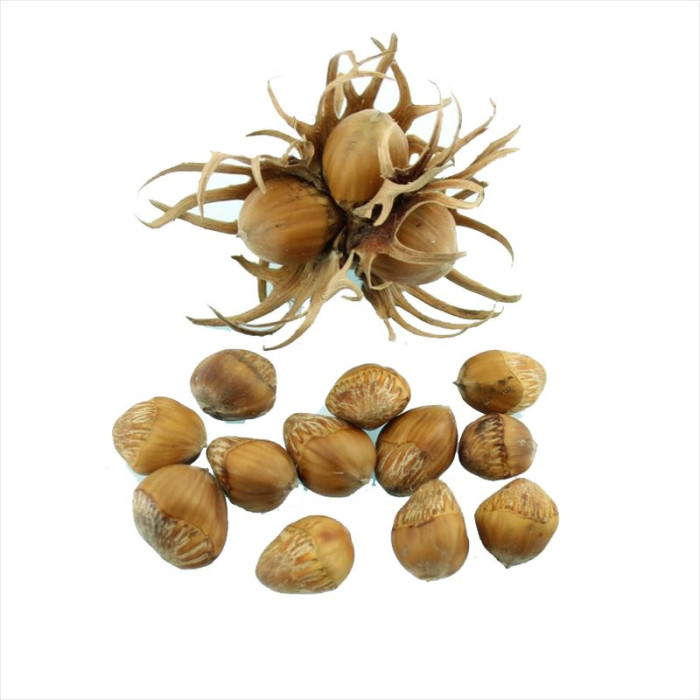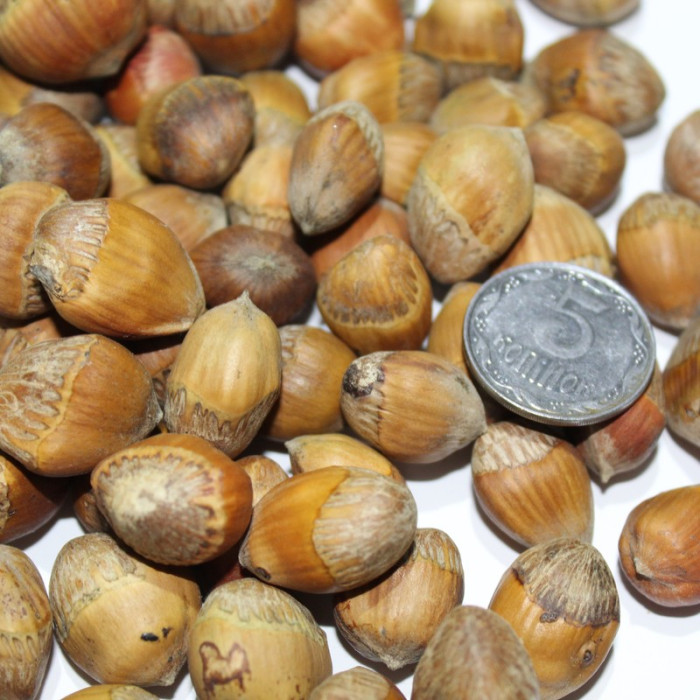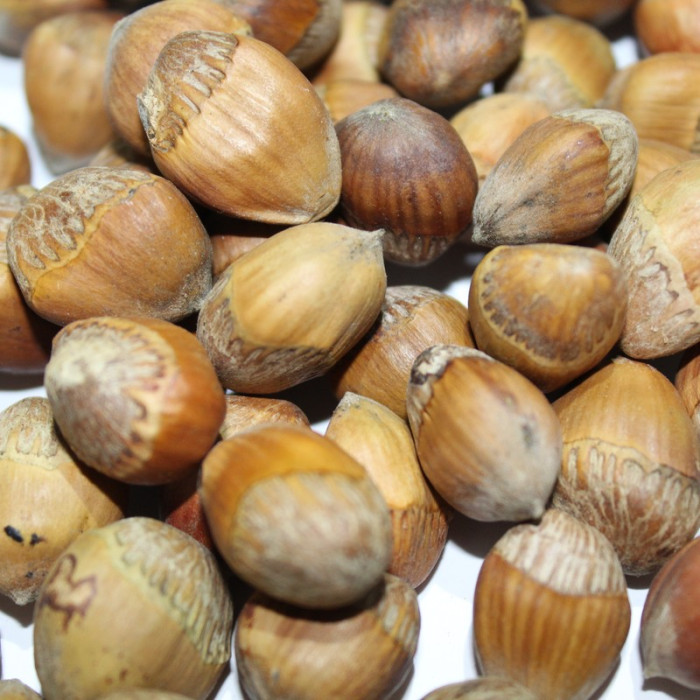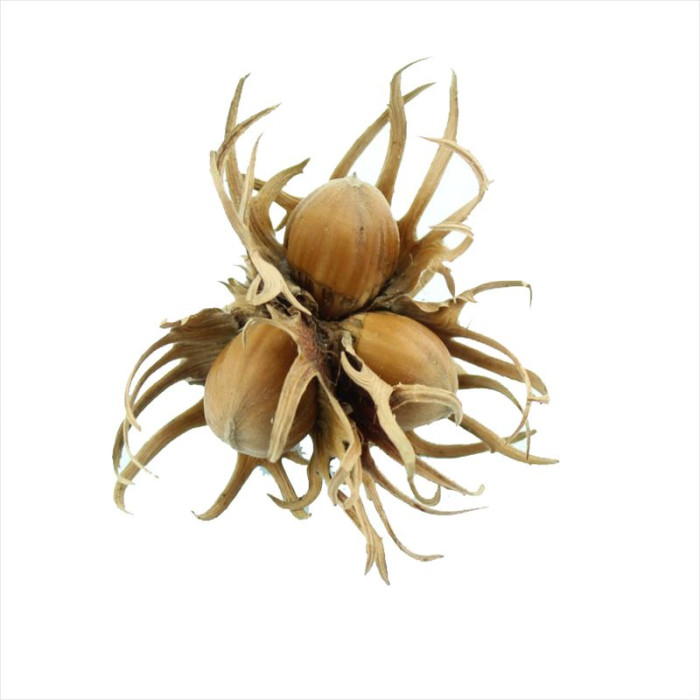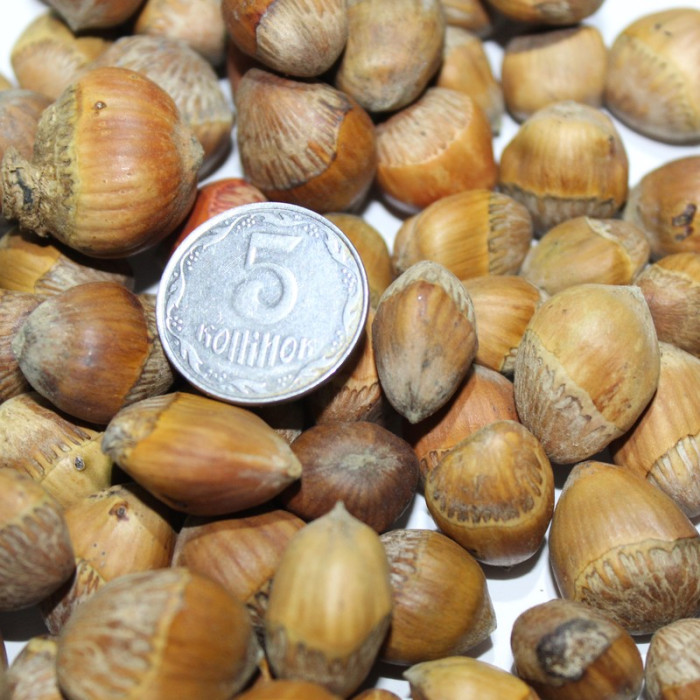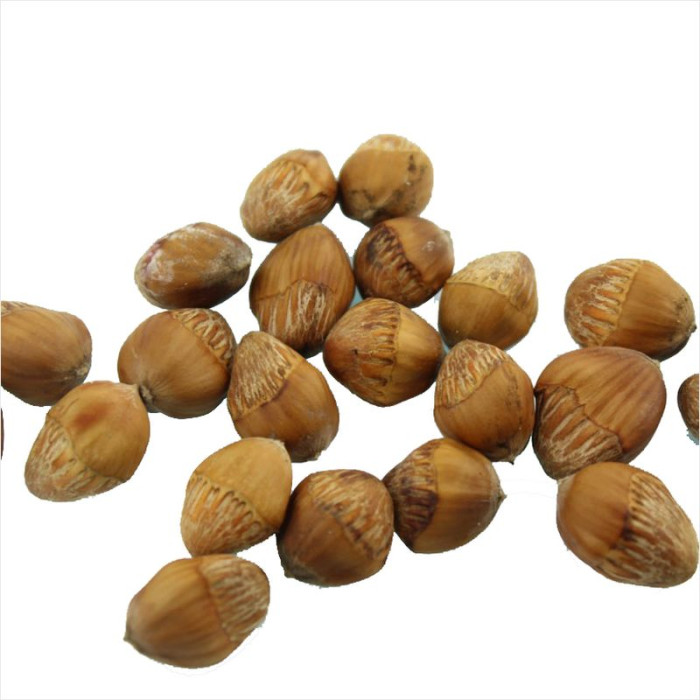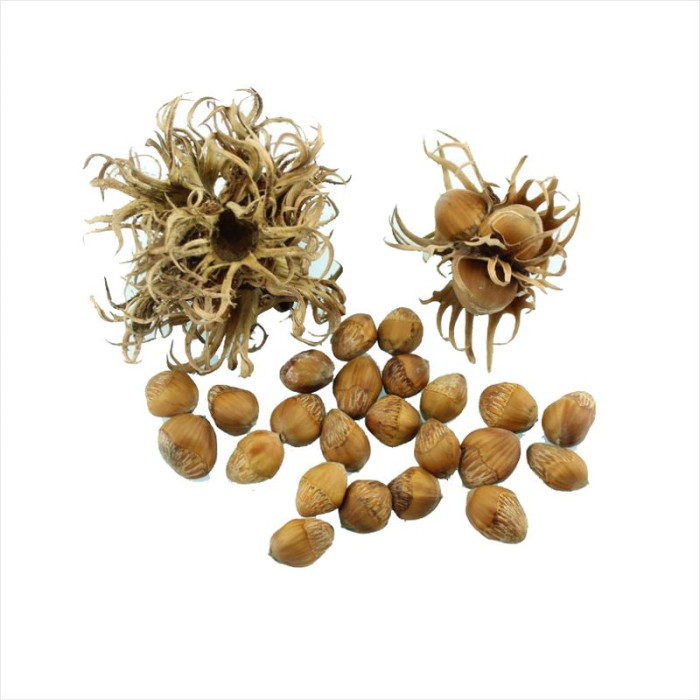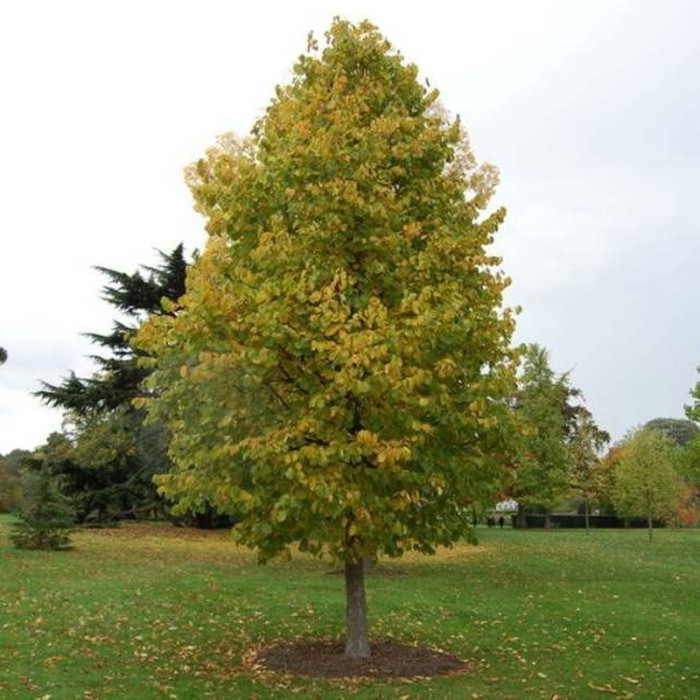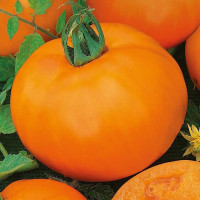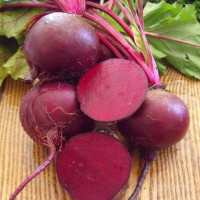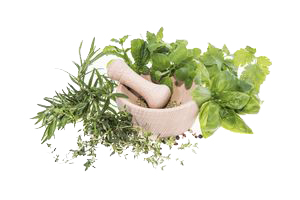Turkish hazel or Turkish filbert / Corylus colurna - is a deciduous tree, a species of the Hazel genus (Corylus) of the Birch family (Betulaceae). Unlike most other types of hazel, this species is not a shrub, but a tree up to 20-30 meters high, living up to 200 years with a dense, wide-pyramidal crown.
The root system is deep, taprooted. Tree hazel does not produce root suckers.
Annual shoots are yellowish-gray, with bristly-hairy pubescence. The bark on the trunk and old branches is gray, deeply fissured, separated by plates. The buds are oblong-ovate, with reddish-brown pubescent scales.
The leaves are round, dark green, broadly ovate or oval in shape, 7-12 cm long, 5-9 cm wide. Stipules are lanceolate, pointed. The base of the leaf blade is heart-shaped, towards the apex it is narrowed, briefly pointed, the edge of the leaf is double-toothed. Young leaves are pubescent on top, hairy below, mainly along the veins, and later become glabrous. Petioles are 1.5-4.5 cm long, glandularly pubescent.
Blooms early in spring (March-April). Like other types of hazel, male flowers are collected in cylindrical catkins 6-10 cm long and up to 6 mm thick. Female flowers are hidden in small buds, from under the scales of which only the stigmas are exposed during flowering.
The fruits are single-seeded nuts, collected together in 3-8 pieces. The wrapper of the nut (plus) is velvety, wide open, its leaves are much longer than the nut itself and are repeatedly dissected into linear-lanceolate sharp segments, often crescent-shaped. The nuts are small, compressed from the sides, with a very thick hard shell.
Although hazel nuts are small and have a very hard shell (it cannot be cracked with teeth), their kernels are very tasty. This species has been cultivated as a food plant since ancient Greece and Rome.
The wood, like other types of hazel, is dense and durable, with a beautiful pinkish tint, and is used for the production of furniture and other carpentry.
This species is also of interest for breeding due to its tree-like growth habit and high fertility.
In Europe and North America, it is often grown as an ornamental plant due to its large leaves and beautiful crown shape.
Vitamins, macroelements and microelements: vitamins A, B15, B2, C, D, E, P, K, iron, chlorine, zinc, magnesium, potassium, calcium, manganese, iodine, sodium, phosphorus, sulfur, tannins in the shell - This is an all-in-one comprehensive multivitamin.
Growing bear nuts is not difficult, it is similar to growing other nuts. Bear nut is a rather undemanding plant, both in relation to the soil and to the growth conditions in general.
So the bear nut can grow in a windy place, and in a cold place, and on calcareous soil, and on clay or sandy soil, both in the sun and in the shade. The tree can reach 6 meters in height if the hazel is grown as a single-stem plant, the crown will be about 4.5 meters. In order for the hazel bush to be beautiful and well-groomed, you can regularly trim the shoots at the base.
In order for hazel to bear fruit well, you need to protect it from attacks by weevils, since their larvae leave holes in the shells of the nuts. To avoid this, you need to wrap the trunks with adhesive tape.

No questions about this product, be the first and ask your question.


